Are Rare Breed Triggers Legal: ATF and Machine Guns
Rare Breed Triggers, LLC, an Orlando-based trigger manufacturer, is in a fight with the Bureau of Alcohol, Tobacco, Firearms, and Explosives (ATF) over the legal determination of their trigger.
The ATF says that the FRT-15 trigger is a machine gun, and therefore a highly regulated item under the National Firearms Act of 1934 (NFA), whereas Rare Breed Triggers says that the ATF is wrong and their FRT trigger is legally just a semi-auto trigger for an AR-15 and therefore should be treated just like any other firearm part or component and not subject to any extra regulation or control.
In this article, we’re going to explore the legal issues surrounding the FRT, ATF’s determination, and whether I think it is correct.
It’s important for me to note that I am an attorney that specializes in exactly these types of issues (firearms law, especially firearm and component legal determinations). However, I am not Rare Breed’s, nor your, attorney. Therefore, this is NOT legal advice.
Rare Breed Triggers vs. ATF Background
Rare Breed Triggers manufactured and marketed the FRT trigger which allowed, via a mechanical reset device within the trigger, rapid firing of an AR-15.
The ATF, upon learning of the trigger, sent Rare Breed a cease and desist letter explaining that the ATF determined the FRT to be a “machine gun” and was, therefore, being illegally made, sold, and possessed by many Americans.
Instead of backing down, Rare Breed filed suit against the ATF. In October of 2021 Rare Breed attempted to get an injunction against the ATF which would have stopped the ATF from enforcing their arbitrary (see more below) determination until the lawsuit was finalized. Unfortunately, Rare Breed was not successful in stopping the ATF.
If you’d like to see the history of legal docs surrounding this ongoing battle, please see them here.
Machine Gun Law
Before we can get into the definition of which firearms are “machine guns,” we must first cover the definition of a firearm.
“Firearm” is defined as the following in the Gun Control Act of 1968 (GCA):
The term “firearm” means (A) any weapon (including a starter gun) which will or is designed to or may readily be converted to expel a projectile by the action of an explosive; (B) the frame or receiver of any such weapon; (C) any firearm muffler or firearm silencer; or (D) any destructive device. Such term does not include an antique firearm.
18 USC § 921(a)(3)
In plain language, and for our purposes, a firearm is something that shoots a projectile (bullet) powered by an explosive.
Therefore, an air rifle or a paintball gun is not a firearm because they use compressed air and not an explosive.
“Machine Gun” is defined as the following in the National Firearms Act of 1934 (NFA):
The term “machinegun” means any weapon which shoots, is designed to shoot, or can be readily restored to shoot, automatically more than one shot, without manual reloading, by a single function of the trigger. The term shall also include the frame or receiver of any such weapon, any part designed and intended solely and exclusively, or combination of parts designed and intended, for use in converting a weapon into a machinegun, and any combination of parts from which a machinegun can be assembled if such parts are in the possession or under the control of a person.
26 USC § 5845(b)
In plain language, this means that if more than one bullet is fired by a firearm for every single function of a trigger, then that firearm is a machine gun.
Note, that both pulling a trigger and releasing a trigger have been viewed as two distinct functions of a trigger and therefore that is how “binary triggers,” which fire upon both the pull and release, are not considered machine guns.
If the law, instead, said “…for every single pull of a trigger…” binary triggers may be considered machine guns because two bullets would be fired between “pulls.”
Once a component or firearm is considered to be a machine gun, it is regulated under the National Firearms Act of 1934 (NFA) and is subject to strict controls.
First, another law, the Firearm Owners Protection Act of 1986 (FOPA) banned all machine guns made after May 19, 1986, for non-law enforcement/government use. (It’s always interesting to me how much propaganda is sometimes used in naming laws – banning machine guns protected firearm owners?)
This means that a regular gun owner can not own a machine gun unless it was made before 1986. As an exception to that law, people that have their own FFL and are SOTs (even out of their own home) can legally own, and even make machine guns that were made today.
Second, even if it is a pre-86 machine gun, an application to the ATF must be approved and a transfer tax must be paid for each change in possession. For some people, it makes sense to use an NFA Gun Trust to hold firearms.
FFLs pay a once-yearly tax (thereby becoming an SOT) of $500 (for annual gross business receipts under $500k) that allows unlimited NFA firearms for that year without paying the transfer tax for each item (typically $200 per item).
Is the FRT a Machine Gun?
Ok, you might now know more about machine gun law than you wanted to, however, we can now have a more informed dive into whether the FRT is a machine gun.
Although the FRT is not a firearm because it does not shoot a bullet via an explosive, it could still be a machine gun because it could be a “part…designed and intended…to convert a weapon into a machine gun.”
This video below has a great description of the function of a standard AR-15 trigger vs the Rare Breed Trigger starting at the 50-second mark:
As you can see in the video, the Rare Breed FRT’s unique design is a trigger that resets itself.
To be clear, all triggers should reset themselves under spring pressure. That is, after all, how a trigger can be pulled successively.
Therefore, a shooter with a standard trigger pulls the trigger to fire, the trigger is reset via spring tension, then the trigger is pulled again to fire a second round. One function (in this case a “pull” only) results in one bullet, NOT a machine gun.
The FRT uses a mechanical reset in addition to the spring reset. With an FRT, a shooter pulls the trigger and fires a round, the trigger is reset via spring tension AND A MECHANICAL ASSIST, then the trigger is pulled again to fire a second round.
Although the FRT allows for rapid fire, nowhere in the law concerning machine guns does it mention a rate of fire. Instead, it only requires more than one bullet for a single function to be a machine gun – the FRT clearly does not do this, so it is clearly not a machine gun.
So, why is this an issue?
The Trump administration banned bump-fire stocks by calling them, INCORRECTLY, machine guns. Bump fire stocks allowed the firearm to slide within the stock so that the trigger could be pulled into a stationary finger. This allowed the recoil of the firearm to “bump” within the stock and create rapid fire.
Bump fire stocks, similar to the FRT, do NOT meet the definition of a machine gun yet they were still banned by the ATF.
My peers and I warned that this over-reach of gun control by the Trump administration set a dangerous precedent. We are now seeing the result of that precedent.
If bump stocks could be banned by an arbitrary invention of a definition, so too could the FRT in theory.
Watch this space as this legal battle unfolds.
Recent Posts
November 29, 2025
November 25, 2025
November 22, 2025
November 21, 2025

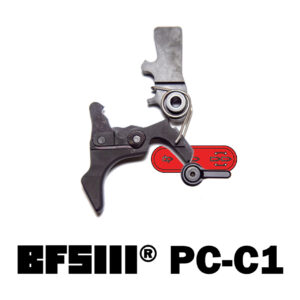
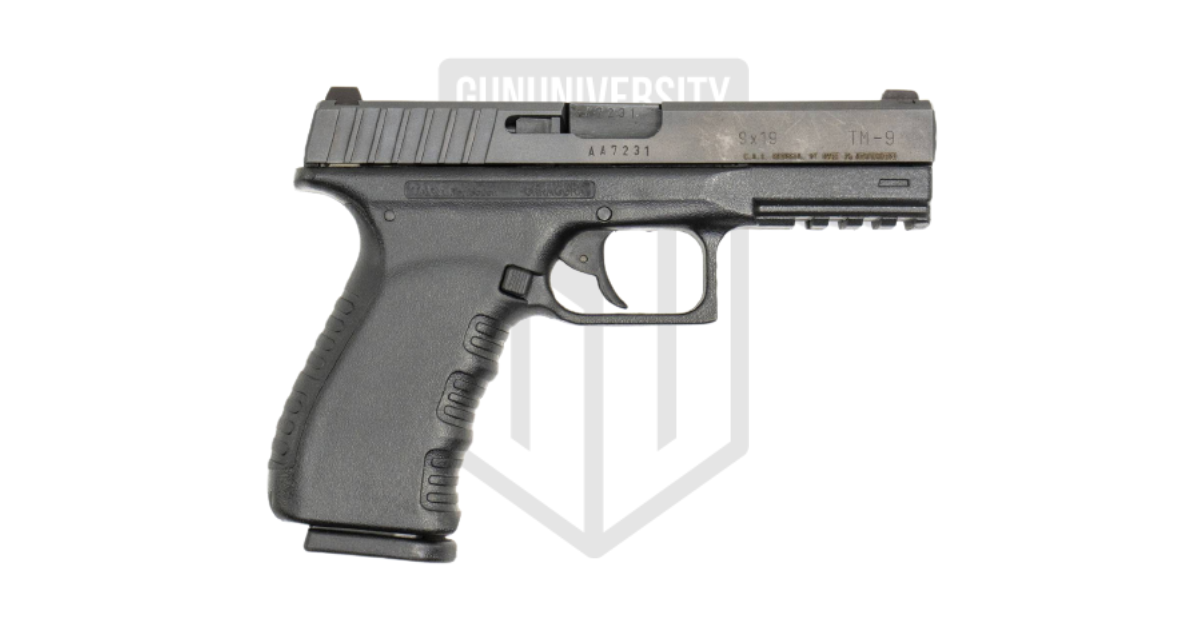
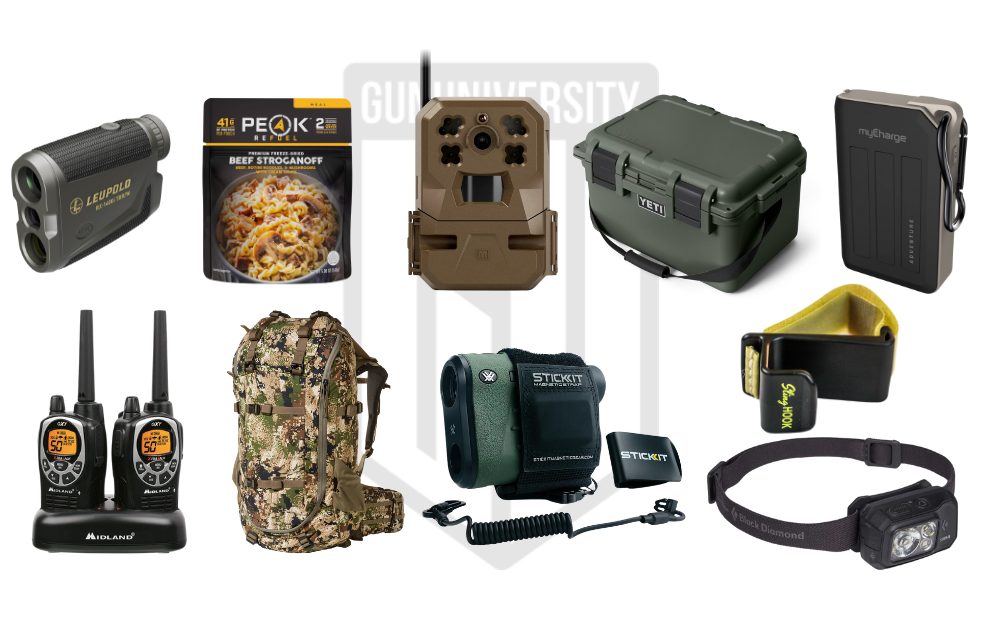
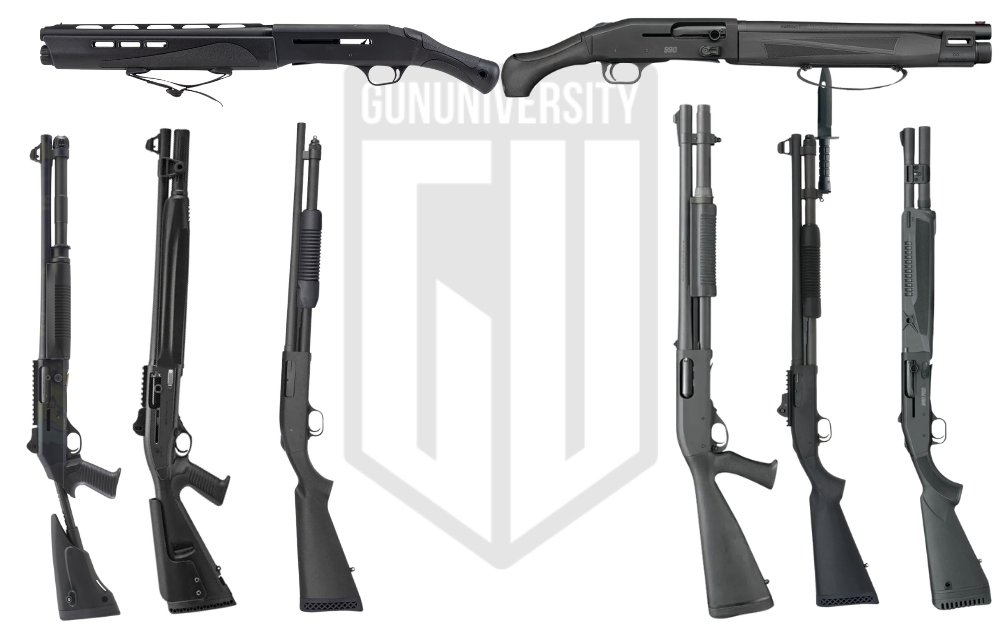
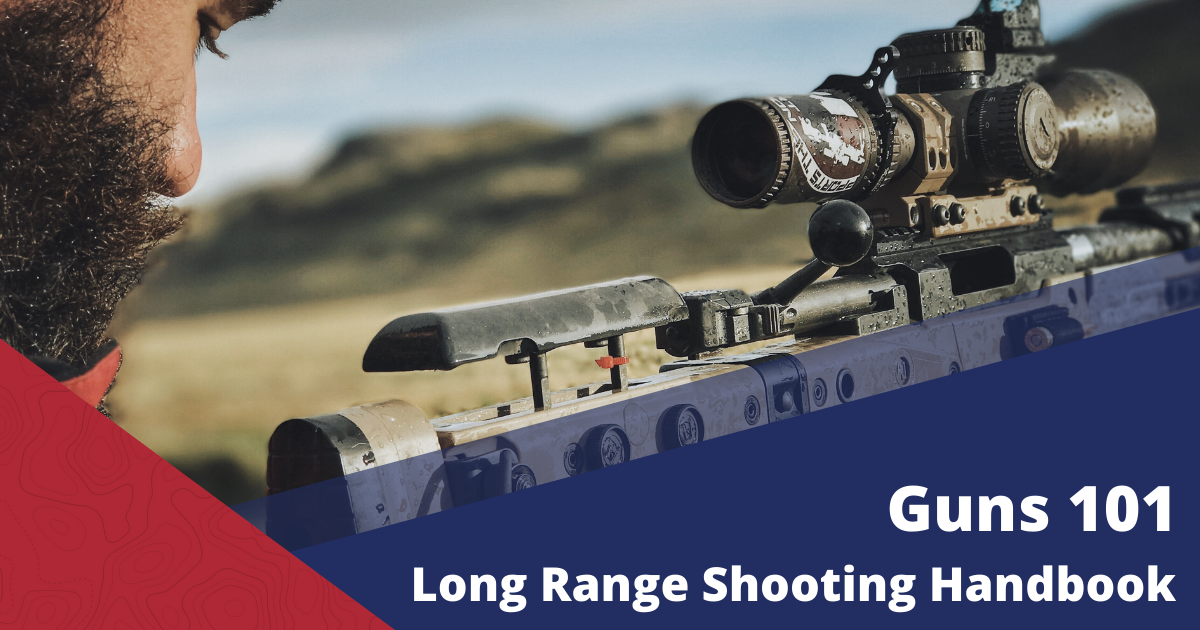
When did the people of the United States give the ATF law making power ? They are not Congress, Senate or Federal Judges . Has any court upheld the ATF’s opinion that these triggers are in fact a machine gun ? if not then how can they be illegal. Only law making branches of our government can write law and the ATF is not one of them. They are supposed to be LAW ENFORCEMENT ONLY.
The Gun Owners Protection Act is nothing more than a form of economic discrimination. It allows the rich easy access to full automatic weapons but uses cost to keep law abiding low and middle class gun owners from being able to afford to legally own a full auto weapon.
Great explanation. I got a guy at the range to let me put so.e O rings around the trigger and grip and o e I got the right combination the gun emptied the mag without a finger on the trigger
Good information. I see FRTs are still for sale on line. So the ATF has not forced everybody to stop selling them. We are now going in to the final months of the year, and there seems to have been no movement on this issue in either direction. I actually designed one of these FRTs a few years ago that will work better than the current ones on the market, so I am very interested in where this issue stands now, and where it might be heading.
Keep us posted on current FRT 15 updates
Interpretation yes, When people are ask to explain the difference between Semi-Auto and Full-Auto/Select Fire, they always explain how it operates. These people never explain how the systems work/mechanically function. What causes a semi-auto trigger pull? Lets look at this example. The Locking Bar does not release the hammer. The Locking Bar frees up the Trigger Assembly when tripped/bumped by the Full-Auto/Select-Fire type Carrier group (which is required with this type trigger package). One of the Terms states, ”The term shall also include the frame or receiver of any such weapon, any part designed and intended solely and exclusively, or combination of parts designed”. I believe this FRT trigger pak would not work/function correctly without a Full-Auto/Select-Fire type Bolt Carrier Group. To show auto capability (with this example). If you take a look at the animation again, only this time at a 90 degree angle, with muzzle towards sky and picture a counter weight placed on trigger leg. The counter weight being heavier than trigger (spring) pull weight of course and the hammer forcing the trigger nose into hammer sear notch on the return swing. It could?/will? possibly? fire continually from the counter weight and the tripping of the Locking Bar, til out of ammo or source of feed (animated demo of course). Because there is no semi-auto disconnect, nor rear hammer spur for the disconnect to grab onto. Yes, the trigger (lever, switch, Teeter Bar between the Hammer and Locking Bar, what ever one wants to call it.) still is pulled once (but the commonly/traditional semi-disconnect part is missing in the sequence of mechanical operations). Is it possible to clamp buttstock of rifle, with rifle muzzle pointed towards sky and hang a counter weight on this type of trigger pak leg and see if Trigger pak can be operated continually on the guns energy (speaking on Newtons laws)? Just saying IMHO. Test fire with blank rounds of course. Again, one needs to look at the animation at a different angle (90 degree) to understand how Automatic operation/function works. There is a lot going on mechanically between a trigger pull/lever trip and hammer to firing pin to primer detonation. Please don’t get wrapped up about a fingers and triggers. Parts may not always appear to function or operate by their given names.
Great explanation. I got a guy at the range to let me put so.e O rings around the trigger and grip and o e I got the right combination the gun emptied the mag without a finger on the trigger
Great article Ryan, and very informative. I just purchased a hard reset trigger my self. The WOT trigger to be exact. The ATF’s ability to change the definition whenever they need to is concerning. And I think they’ll probably get away with it, making gun owners and anyone looking to become a gun owner more timid. It’s essentially fear mongering. If they win the case anyone who purchased one would be by “definition” a criminal if they don’t destroy or handover said trigger.